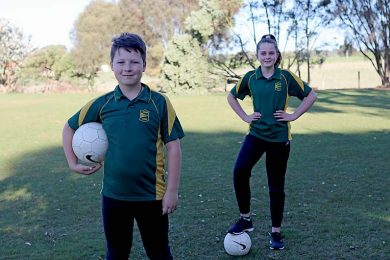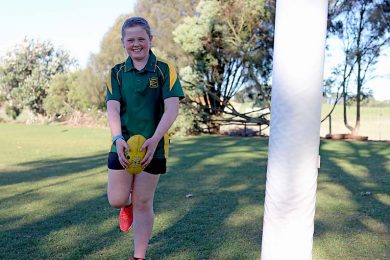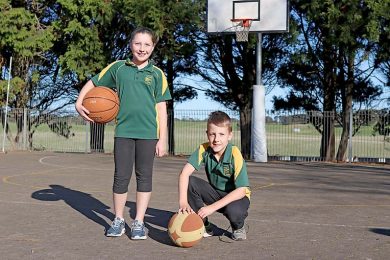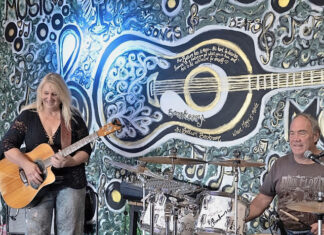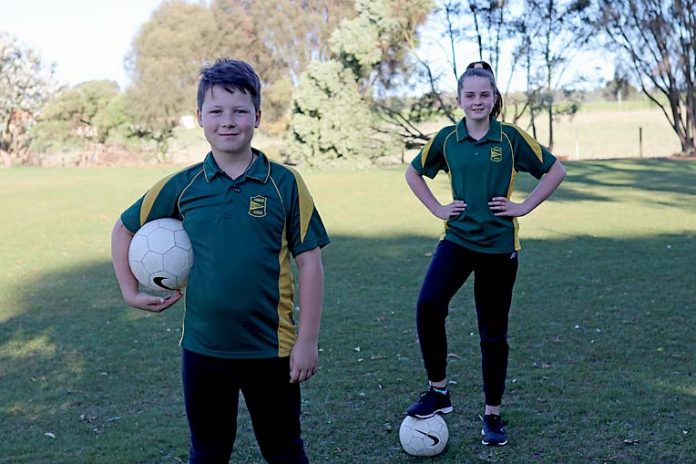
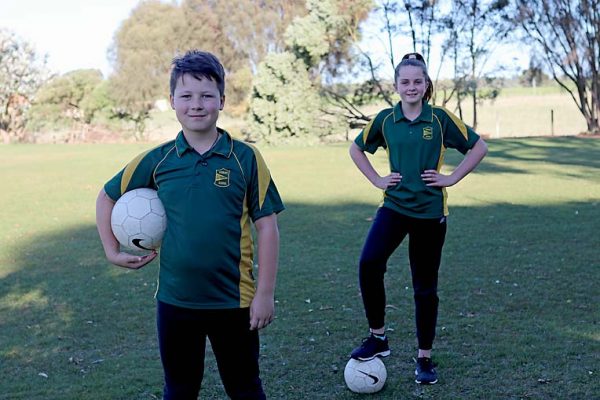
OPPORTUNITIES to shoot hoops and learn from specialist educators will improve for some South Australian primary school students next year, with the State Government piloting a new Physical Education/Physical Literacy (PEPL) program.
A $700,000 Sport Australia grant will see the Education Department partner with Hockey Australia, the Australian Council for Health, Physical Education and Recreation SA branch, the University of Canberra and Flinders University to trial the PEPL program in a number of South Australian primary schools.
The government is yet to announce which trial sites will be involved, but Glenburnie Primary School is among the hopeful contenders for selection.
School principal Sam Griffith said the new strategy would integrate smoothly with the school’s already-existing curriculum.
“I think any new program which encourages kids to get outside, become more active and engage with learning is great,” he said.
“Here, we are lucky as we do have extensive fitness and PE lessons but sometimes this does not stretch out to all schools.
“If we were approached, I certainly would not say no to being involved in the new initiative.”
Mr Griffith said it is important for students to incorporate activity into their daily routine.
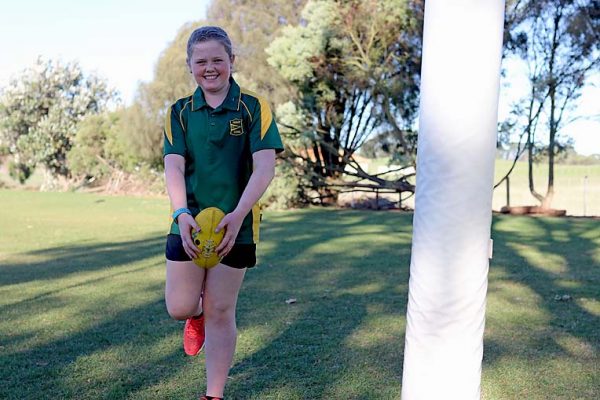
“We have daily fitness which breaks up the morning which is generally our the most learning-intensive time,” he said.
“In the afternoon, students can get side-tracked so it is helpful to break up literacy and numeracy learning with some fitness and fresh air then as well.”
Mr Griffith said each daily fitness session is usually associated with a fruit or brain break to encourage in-class concentration.
“We have a certain number of physical education hours our classes have to meet,” he said.
“Each session can range from small motor-skill ball work, up to specific sport activity which students are looking to play later down the track.
“It is a great time for them to release some energy, develop physical and mental capabilities and allows them to have a run around.”
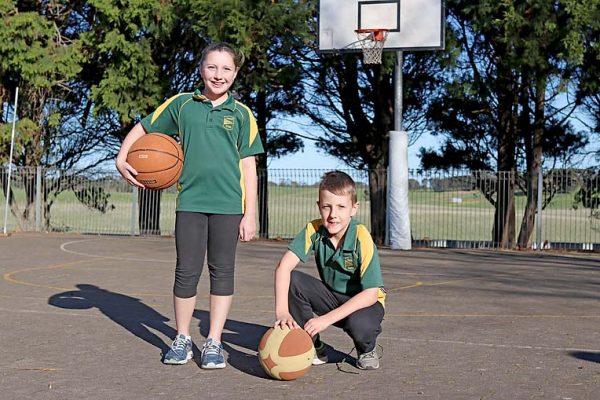
Having a break from learning is also beneficial for student social life, according to Mr Griffith.
During the new trial, specialist educators will work closely with schools to provide in-class professional development and to enhance teachers’ confidence and competence in delivering physical education.
Schools will also build connections with community organisations and sporting clubs to provide students with a range of extra-curricular opportunities and learning experiences.
Mr Griffith said engaging specialist sporting coaches is a “great idea.”
“Tapping into those areas would be very handy,” he said.
“I think we are all willing to learn and try different things if it is going to be better for the kids and benefit their learning.”

